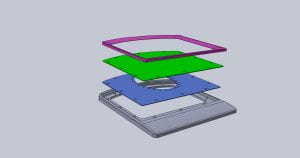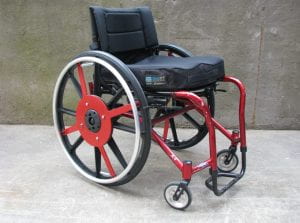Technology Development at REAR Lab
Assistive Toilet Seat Transfer System
Millions of people struggle with the sit-to-stand motion. Transferring between sit and stand is a frequently performed daily task. Among the activities requiring this transferring movement, getting on and off the toilet is one of the most essential. Currently, the solution is to install taller toilets with handrails. These solutions create stigma and have great cost implications. This product must assist users with toilet transferring, be assembled easily, and work compatibly with the existing toilet. Prototypes have been created and tested.

Erythema and Bruise Detector
This Point of Care technology is being designed for people who require non-contact and simple assessment of bruises, erythema and Stage I pressure ulcers. The many potential users include nurses, podiatrists, prosthetists, social workers home health professionals, physicians and therapists. This device has potential application in the fields of forensics, abuse, geriatrics, nursing, and pressure ulcer prevention.
See the fact sheet for the Erythema and Bruise Detector here.
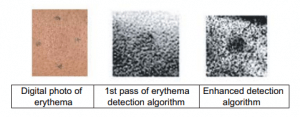
Offset-Pivot Wheelchair
The overall purpose of this project was to design manual wheelchair technology that can meet the unique needs of aging users across the continuum of residential environments while addressing the needs of family caregivers and facility staff.
See the fact sheet for the Offset- Pivot Wheelchair here.
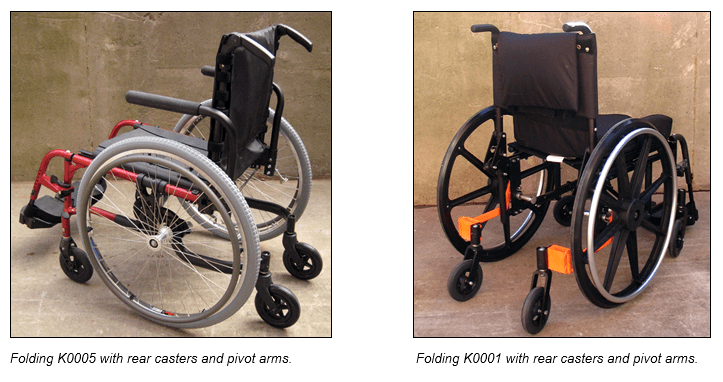
Tissue Interrogation Device
Many medical conditions impact the mechanical properties of tissue. Measuring and monitoring tissue properties can be both challenging and difficult, especially within different care environments. A method for directly measuring tissue stiffness and viscosity would advance clinical diagnosis and tracking of pathological conditions. Some devices exist which estimate tissue stiffness or Young’s modulus, but these methods result in qualitative descriptions of these properties, and can be cumbersome and difficult to use. As a result, they have not gained wide clinical acceptance. This device is patented by Stephen Sprigle.
See the fact sheet for the Tissue Interrogation Device here.
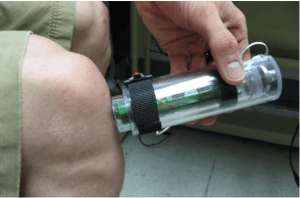
Wheelchair In-Seat Activity Tracker (WiSAT)
This device targets the prevention of pressure ulcers (PrUs) by informing wheelchair users about their weight-shifting activity as a means to promote healthy behaviors and prevent pressure ulcers. WiSAT will have impact on wheelchair users, their clinicians, and researchers. Such a product can empower wheelchair users with knowledge about their behaviors associated with PrU prevention. The WiSAT’s impact will extend beyond wheelchair users by also meeting the needs of clinicians and researchers by allowing real-world data to be collected easily and quickly. During rehabilitation interventions, clinicians educate persons experiencing spinal cord injuries (SCI) about PrU prevention. One aspect of this education is the training of a pressure-relief regimen that seeks to regularly shift weight off the load-bearing tissues of the buttocks. This device is patented by Sharon Sonenblum, Stephen Sprigle, and James S. Martin.
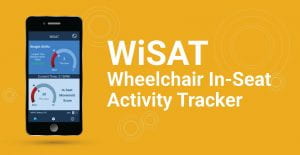
Wound Measurement Device
The Wound Measurement Device (WMD) is a low-cost and high-precision wound measurement device that offers an option to current low- and high-tech devices. A prototyping platform based upon a commercial cell phone, AT&T Tilt PDA, has been clinically tested. This device is now marketed and commercially available as WoundZoom.
See the fact sheet for the wound measurement device here.
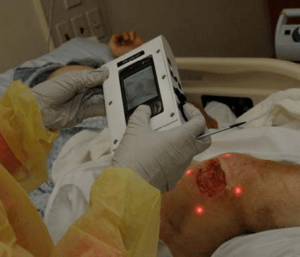
Adjustable Fluid Cushion
The adjustable fluid cushion relates in general to cushions and more particularly to wheelchair cushions that are structured to redistribute load under tissues that support the bony prominences of the pelvis, such as the ischial tuberosities and the trochanters. This invention relates to a fluid-filled wheelchair cushion comprising a dual stiffness fluid. A cushion also comprises an ability to adjust fluid volume. This device is patented by Thomas Whelan. More details can be found on the website of Ki Mobility.
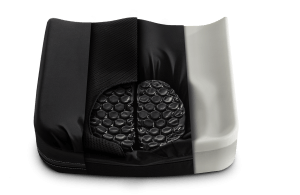
Suspension Seat
A suspension seat comprises a structural layer and a stretchable top layer above the structural layer. The structural layer comprises a cut-out. The perimeter of the cut-out is defined by a plurality of discrete members. The discrete members allow the buttocks (i.e., the tissue surrounding the ischial sacrococcygeal aspects of the skeleton) of a wheelchair user to enter into the cut-out with gradual pressure minimizing high pressure concentrations at the edges of the cut-out. The stretchable top layer bears load via tension as the wheelchair user buttocks deflects into the cut-out. This device is patented by Stephen Sprigle.
Wheelchair Brake
An easy-to-engage, hands-on braking system was designed to enable manual wheelchair users to decelerate safely and easily. Braking can be a challenging task, especially for those with limited mobility/dexterity or when braking downhill. The system uses an in-hub brake that is engaged through the push rims. This device is patented by Jonathan Jowers.
